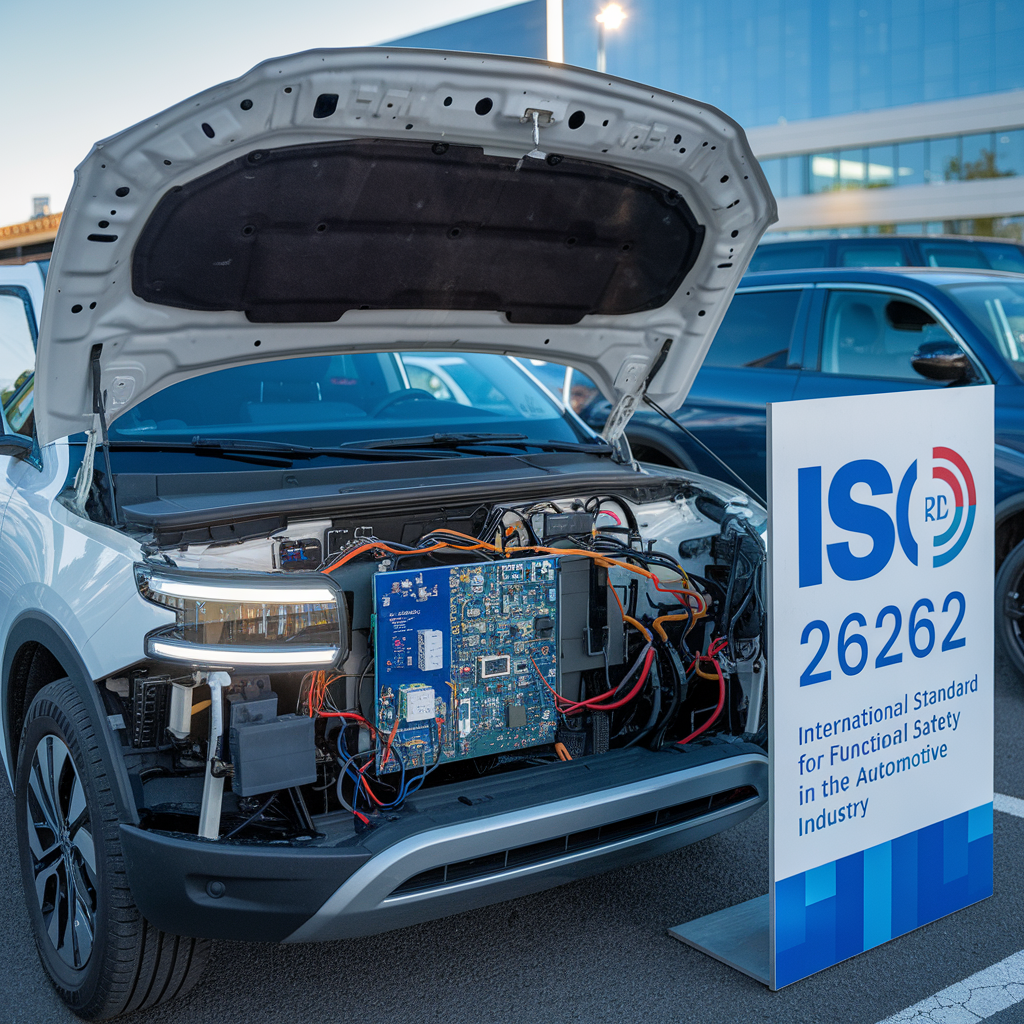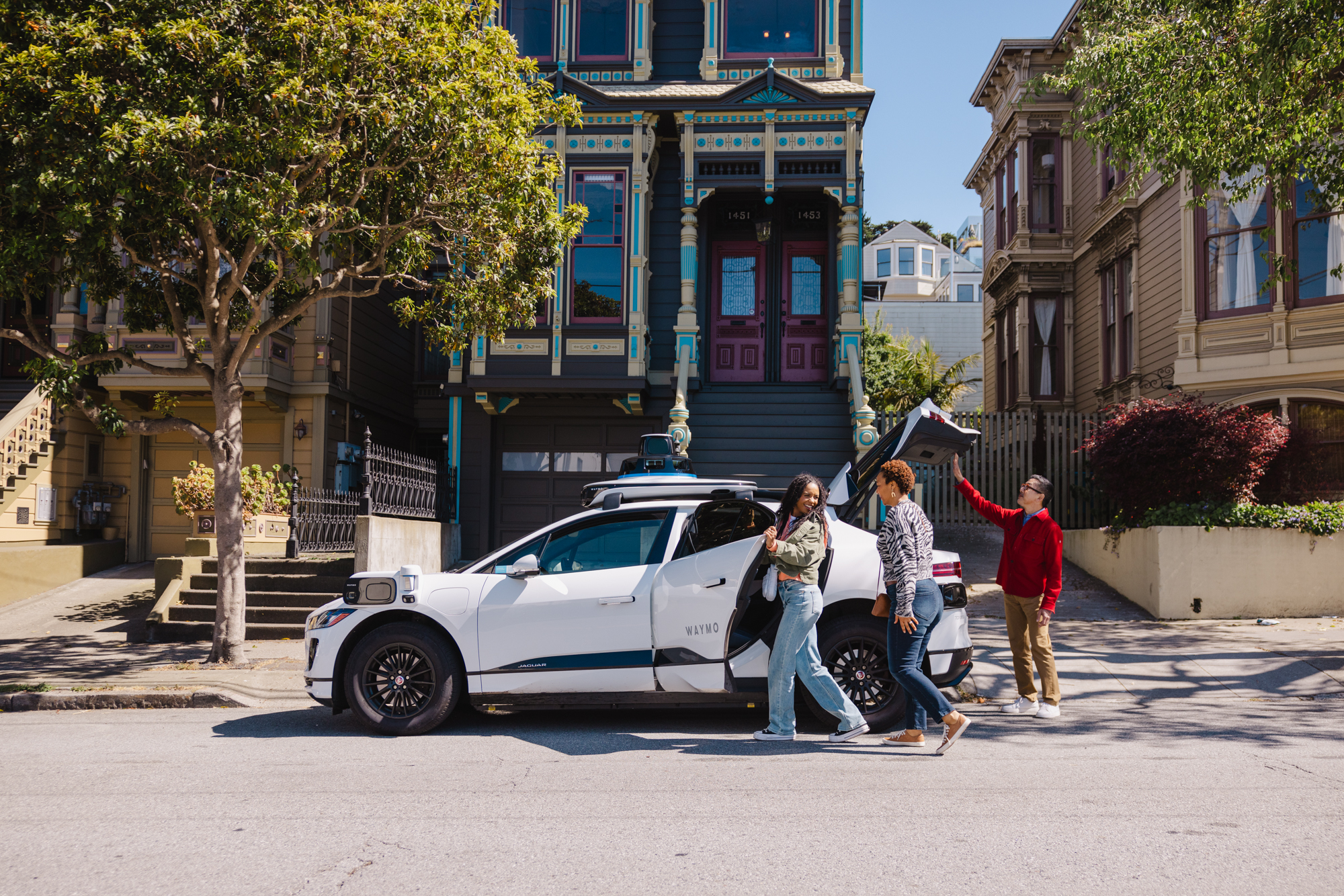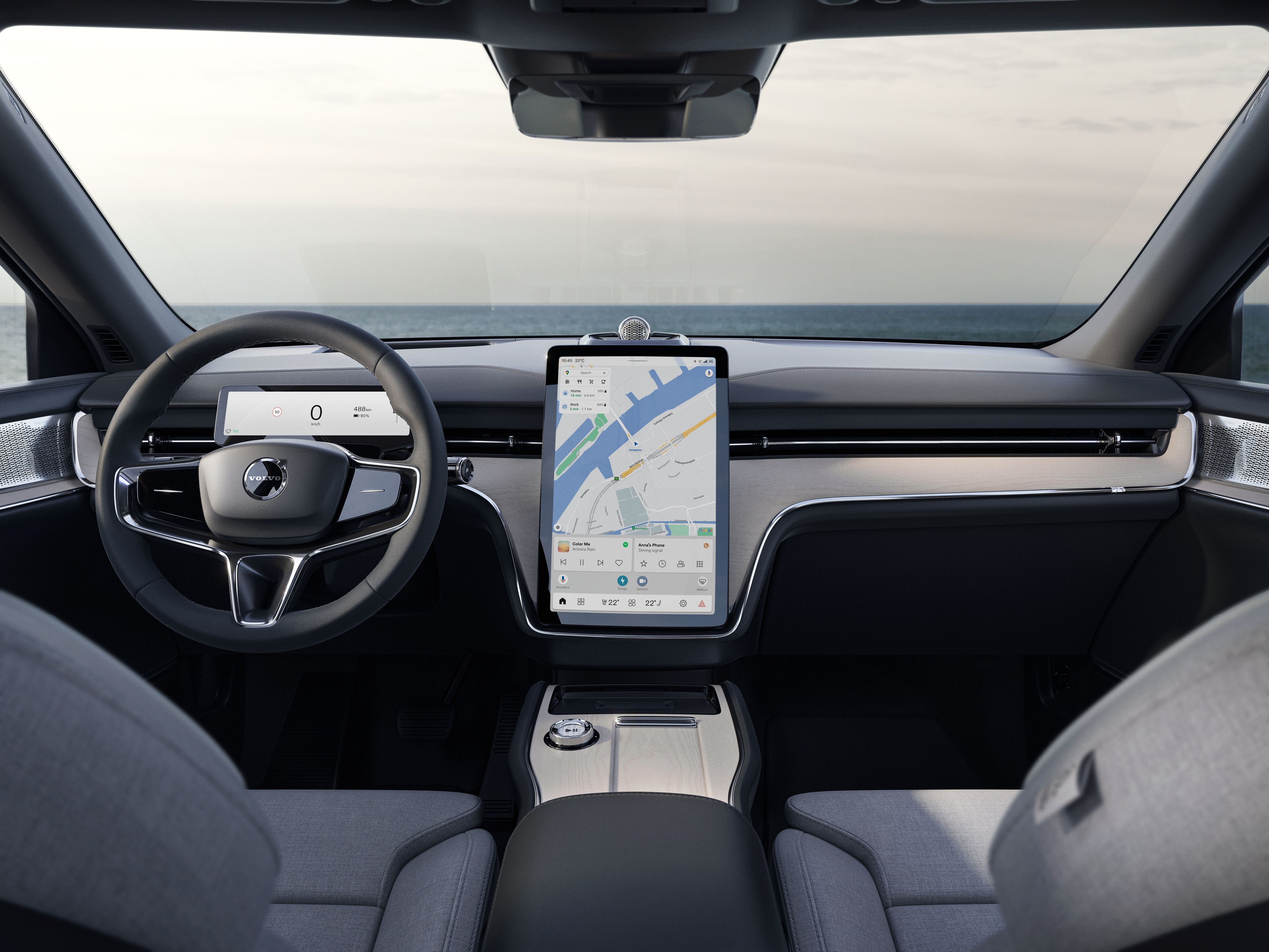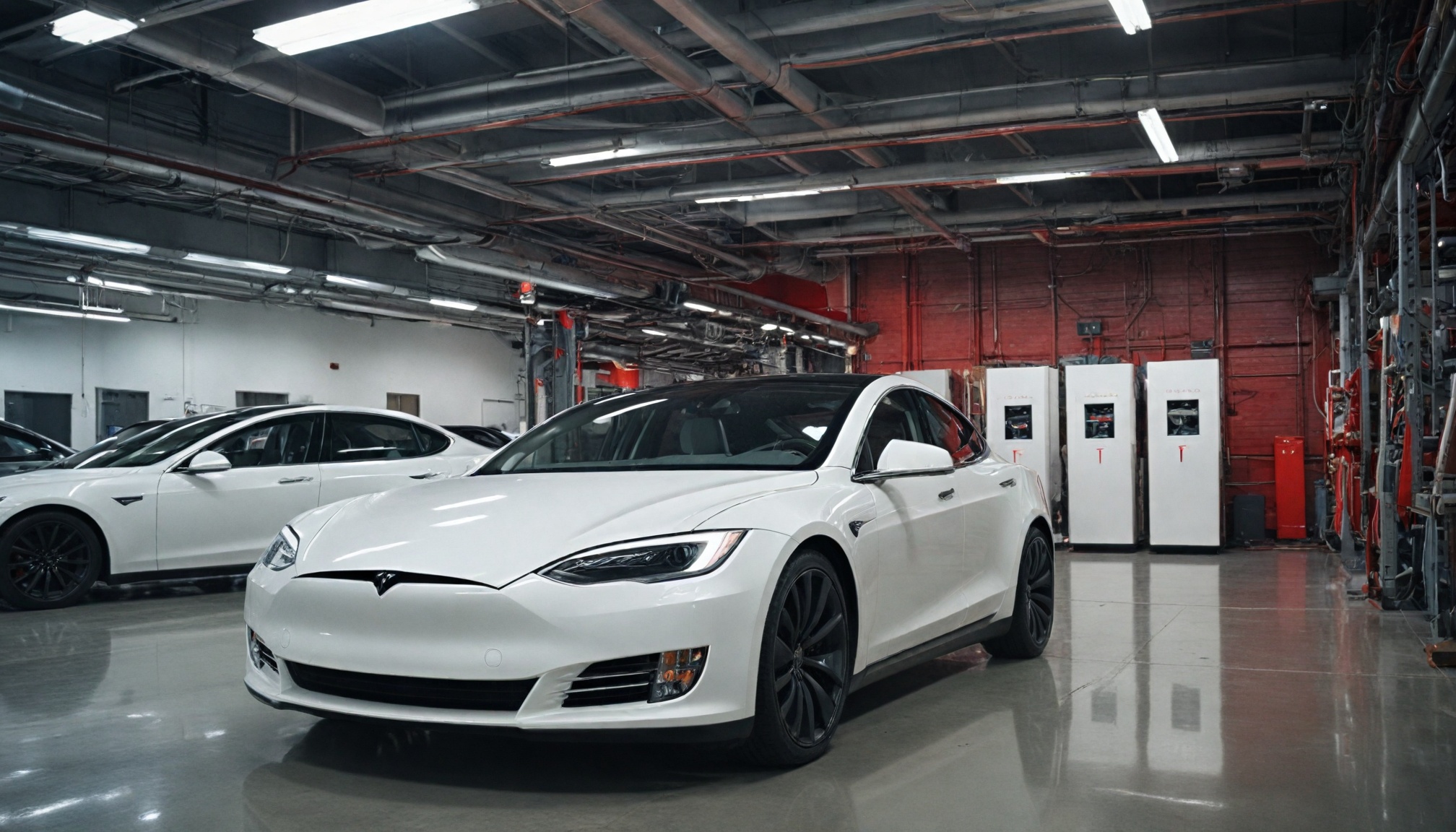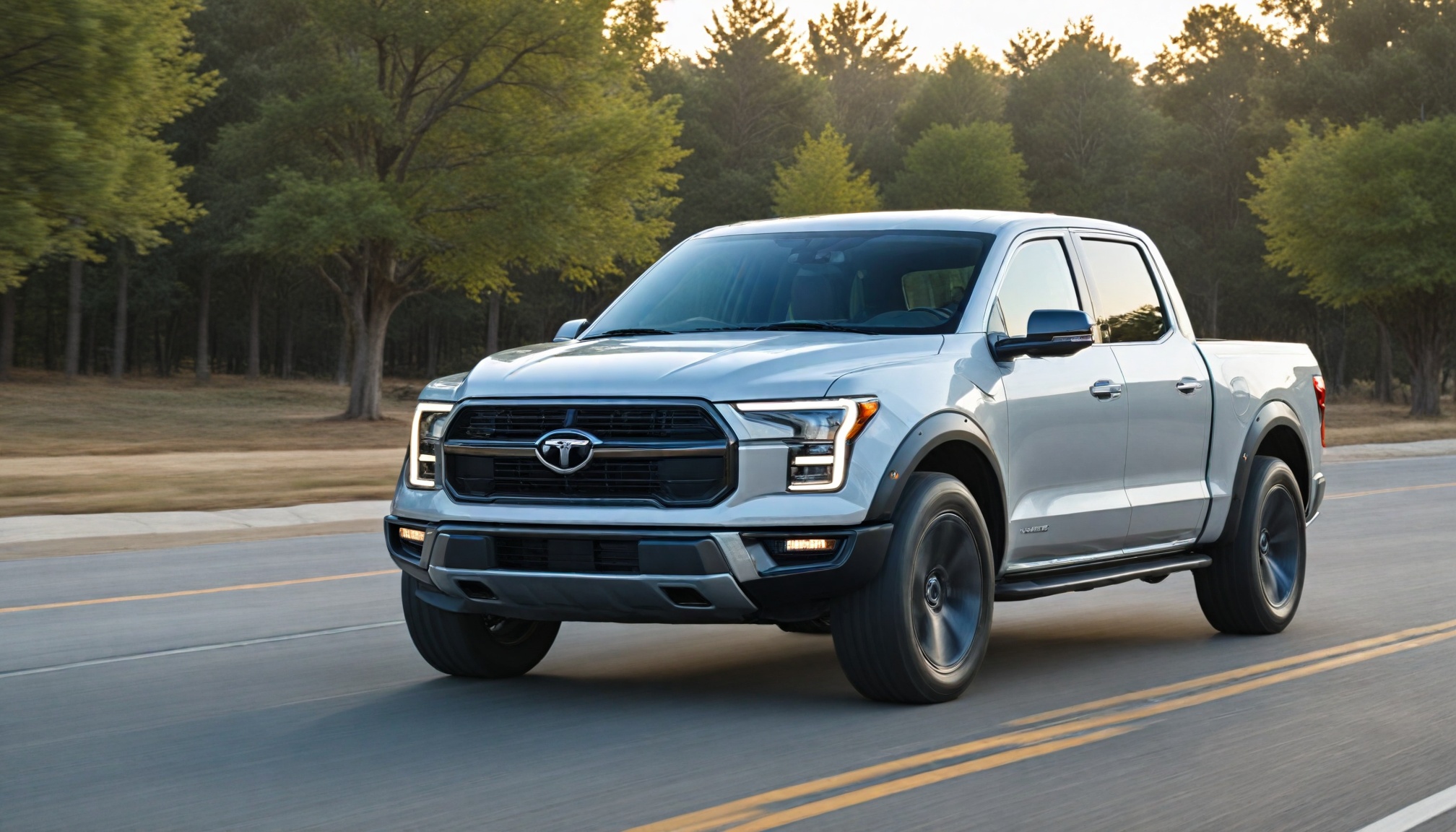
Ford F-150 Lightning outsells Tesla Cybertruck in Q1 2025, highlighting the clash between traditional truck design and futuristic innovation in the electric pickup market.

Drivetech Partners
The electric pickup truck market has sparked a notable showdown between tradition and innovation, with Ford's F-150 Lightning reclaiming its sales lead over Tesla's Cybertruck in early 2025. Recent data shows Ford's electric pickup registering 7,913 units in Q1 2025 compared to Tesla's 7,126, highlighting how different approaches to electrification are resonating with distinct customer segments in America's evolving truck market.
Key Takeaways
Ford F-150 Lightning outpaced Tesla Cybertruck with 7,913 registrations versus 7,126 in Q1 2025
Lightning's traditional truck design and lower pricing ($65,190 starting) appeals to mainstream pickup buyers versus Cybertruck's higher entry point ($71,985)
While Lightning focuses on practical utility and familiarity, Cybertruck prioritizes cutting-edge technology and futuristic styling
Electric pickups remain a small fraction of overall truck sales, with Lightning representing just 3% of Ford's total pickup volume
The market is increasingly segmenting between work-oriented electric trucks and lifestyle-focused designs
Sales Performance: Ford Edges Out Tesla in Early 2025
The competitive landscape of electric pickup trucks has shifted in early 2025, with Ford's F-150 Lightning reclaiming its sales crown from Tesla's Cybertruck. With 7,913 registrations in Q1 2025 compared to Cybertruck's 7,126, Ford has demonstrated the enduring appeal of its electrified classic. This trend continued into March 2025, where Lightning recorded 2,598 registrations against Cybertruck's 2,170.
Despite this lead, electric truck sales remain a minor segment of the overall pickup market. The Lightning's Q1 2025 sales of 7,187 units represent just 3% of Ford's total pickup sales, and actually show a 7.18% decrease from the same period in 2024. For perspective, Ford sold approximately 45,000 gas-powered F-150s during a similar timeframe when they moved 4,586 Lightning trucks.

Pricing Strategies: Affordability versus Premium Positioning
The price differential between these electric pickups plays a significant role in their market positioning. The F-150 Lightning starts at $65,190 for a well-equipped AWD model, creating a substantial pricing advantage over the Cybertruck. Tesla's base RWD version is priced at $71,985, which actually represents a reduction from its initial $81,985 price tag.
Ford has also implemented aggressive incentives to boost Lightning sales, offering 0% APR financing for 72 months on remaining 2024 models along with additional $3,000 bonus cash. As of late January 2025, about 3,200 of the 3,500 new F-150 Lightnings available for sale were leftover 2024 models. Meanwhile, Tesla's base Cybertruck model only became available in April 2025, which likely impacted its competitive position in the first quarter.
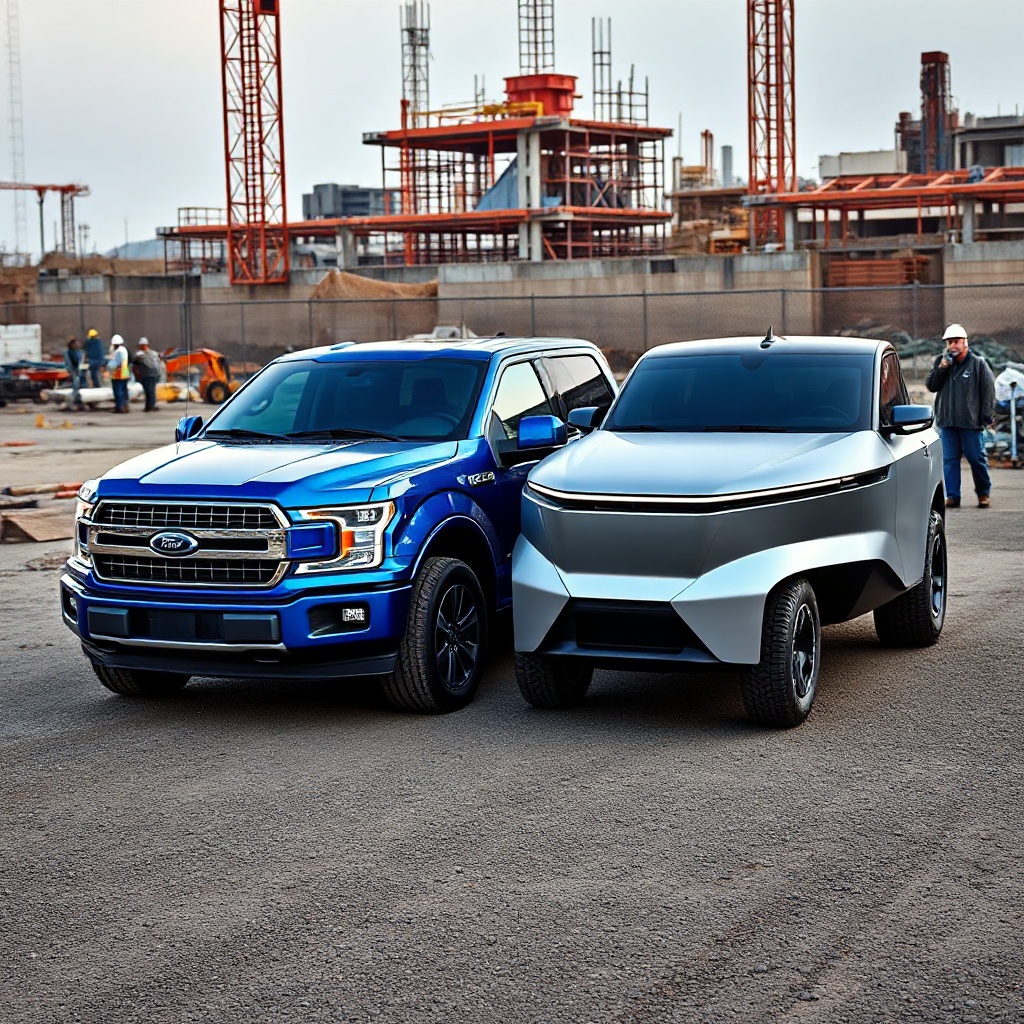
Performance Specifications: Traditional Capability versus Futuristic Technology
When comparing capabilities, the F-150 Lightning delivers up to 320 miles of range, while the Cybertruck offers 350 miles—though this falls notably short of Tesla's initial 500-mile promise. The standard Lightning features a 452-horsepower dual-motor electric powertrain, with an extended-range battery option that increases output to 580 hp. Both Lightning configurations provide a substantial 775 lb-ft of torque, emphasizing work-ready capability.
The Cybertruck counters with impressive acceleration figures, with the base model reaching 60 mph in approximately 4.1 seconds. Its premium Cyberbeast variant boasts an 845-hp powertrain that achieves a sub-3-second 0-60 mph time. This performance focus highlights how Tesla prioritizes envelope-pushing specs while Ford emphasizes real-world utility that aligns with traditional truck values.

Consumer Perception: Tradition versus Innovation
A Cox Automotive study revealed that the F-150 Lightning leads all electric pickup competitors in buyer consideration. The Lightning outperformed Ram and Chevy models by 4%, GMC and Rivian by 19%, and Tesla by an impressive 38%. Ford ranked first across five key categories: driving range, performance, price, appearance, and technological advancement.
This data suggests that traditional truck buyers show a strong preference for the familiar F-150 design and functionality. The Cybertruck's polarizing angular aesthetics attract early adopters but may alienate conventional truck customers who value proven design over radical innovation. Ford effectively leverages its 40+ years of F-Series truck-building expertise and established customer loyalty in the electric space.
The Broader Market Context: Electric Pickups in a Gas-Powered World
To put the electric truck battle in context, the broader F-Series lineup (including gas and diesel models) recorded 64,210 registrations in March 2025 alone. F-Series sales increased 26% to 183,202 units in Q1 2025, with Ford's total pickup sales growing 25% to 243,317 units in the same period.
Electric trucks clearly remain a small percentage of the overall pickup market. However, the federal EV tax credits are creating purchase urgency in early 2025, with the F-150 Lightning maintaining eligibility while other EVs like the Mustang Mach-E have lost this benefit. It's worth noting that General Motors overtook Ford in overall EV sales during the second half of 2024, indicating shifts in the broader electric vehicle landscape.

Strategic Implications: The Future of Electric Pickup Market
Ford's conventional approach with the Lightning secures mainstream truck buyers seeking a familiar experience with electric benefits. In contrast, Tesla's radical innovation appeals primarily to tech enthusiasts and early adopters who value futuristic design and cutting-edge features.
The market is beginning to segment between practical work vehicles and lifestyle statement pieces, with traditional truck makers like Ford, GM, and Ram likely to maintain advantages with their loyal customer bases. The Cybertruck's unique styling and features may create a new niche rather than directly competing with conventional trucks.
Long-term success in the electric pickup segment may depend on bridging the gap between tradition and innovation rather than forcing customers to choose sides. As battery technology improves, the price gap between electric and internal combustion engine trucks should decrease, potentially accelerating adoption among traditional truck buyers.
What This Means for Consumers and the Industry
For truck shoppers, the increasing variety of electric pickup options provides more choice aligned with different priorities. Those valuing familiar design, established truck capability, and work-oriented features may gravitate toward the Lightning, while those seeking to make a bold statement with cutting-edge technology might prefer the Cybertruck.
The competition between these philosophies drives innovation in both performance and practical utility features. As more manufacturers enter the segment, price pressure will likely increase, benefiting consumers. We're already seeing traditional truck makers focusing on fleets and work customers, while tech-focused companies target premium customers willing to pay for cutting-edge features.
Regional preferences are emerging with traditional trucks favored in rural areas, while innovative designs find stronger acceptance in urban centers. The industry appears to be moving toward offering electric versions within existing truck lines rather than standalone EV models, suggesting that familiar formats with electric powertrains may represent the path of least resistance to widespread adoption.
Sources
EVXL - Ford F-150 Lightning Outpaces Tesla Cybertruck
RealTruck - Ford F-150 Lightning vs Tesla Cybertruck
Fortune - Ford F-150 Lightning Falling Behind Tesla Cybertruck
CBT News - Ford F-150 Lightning Beats Out Tesla Cybertruck in Cox Auto Study

